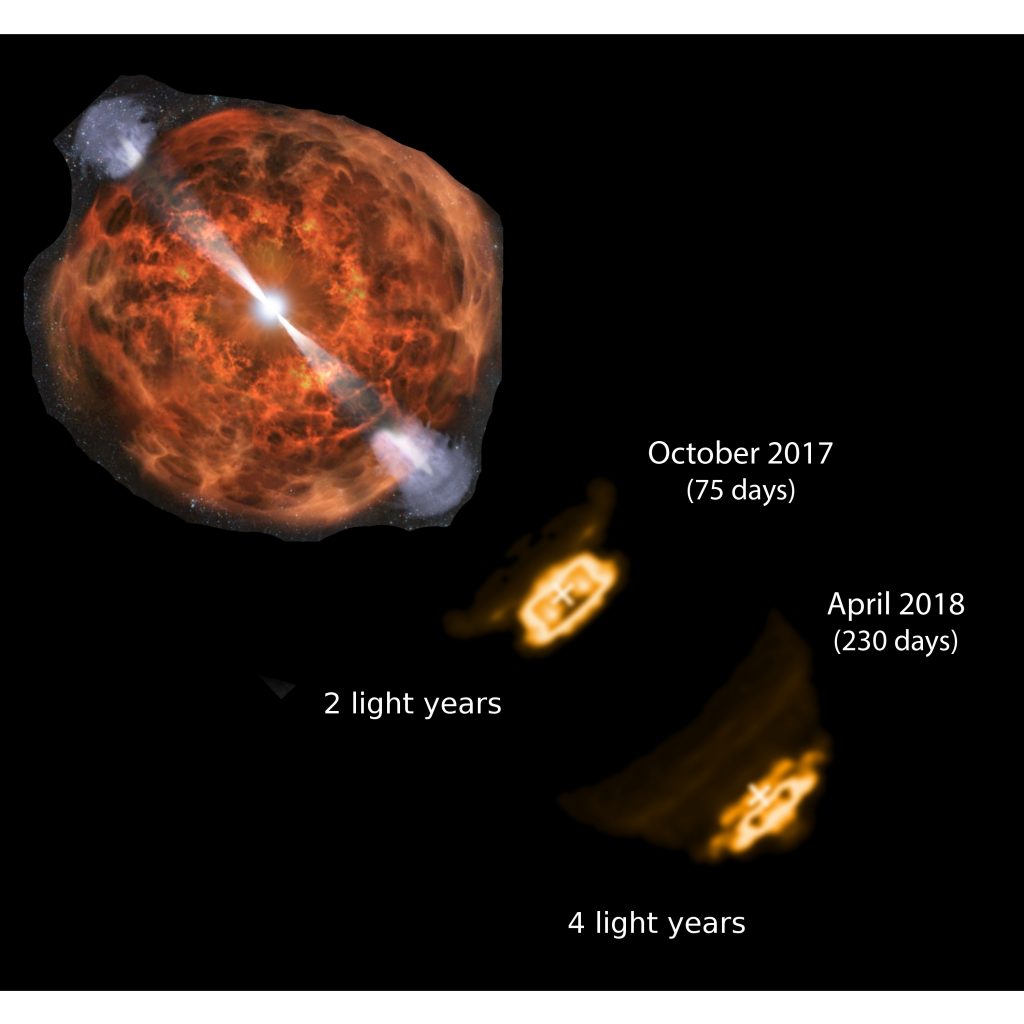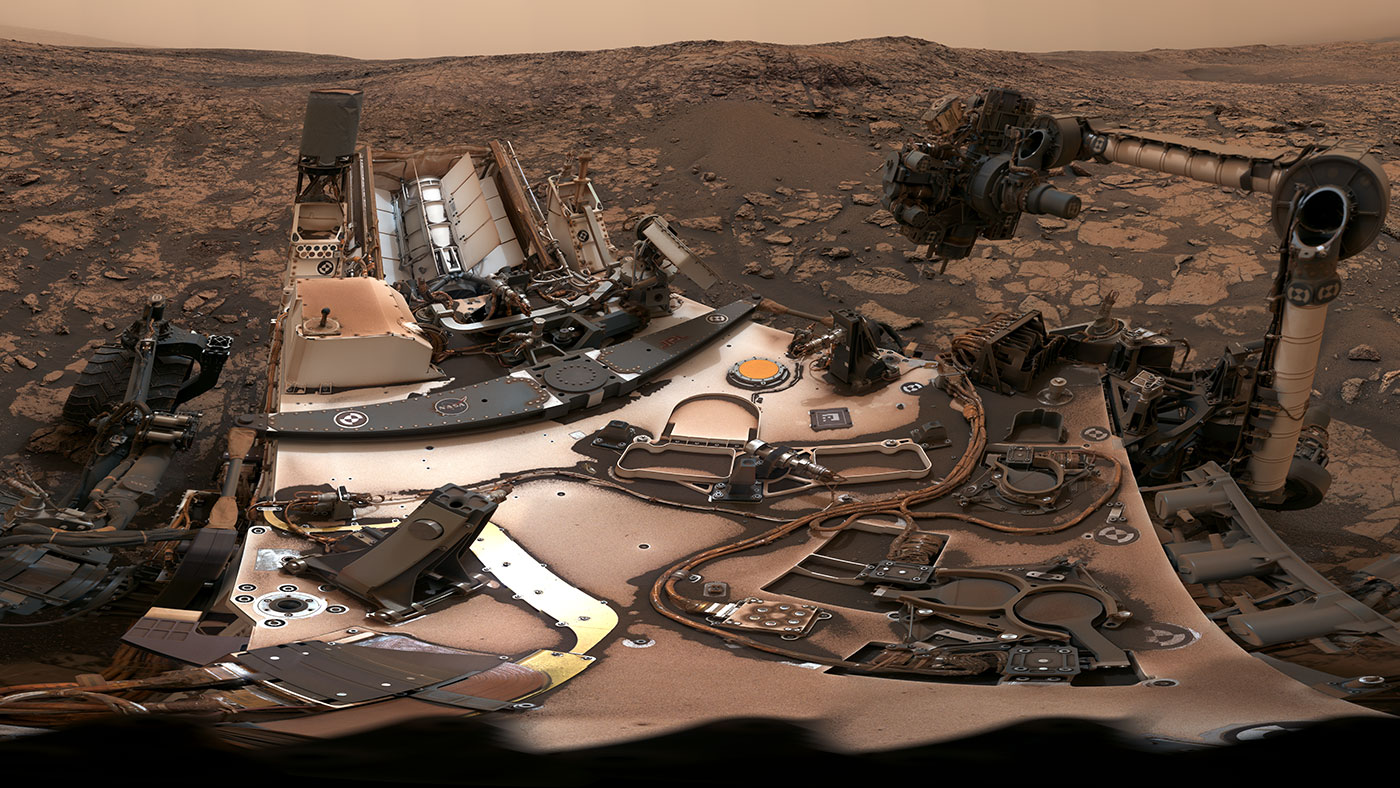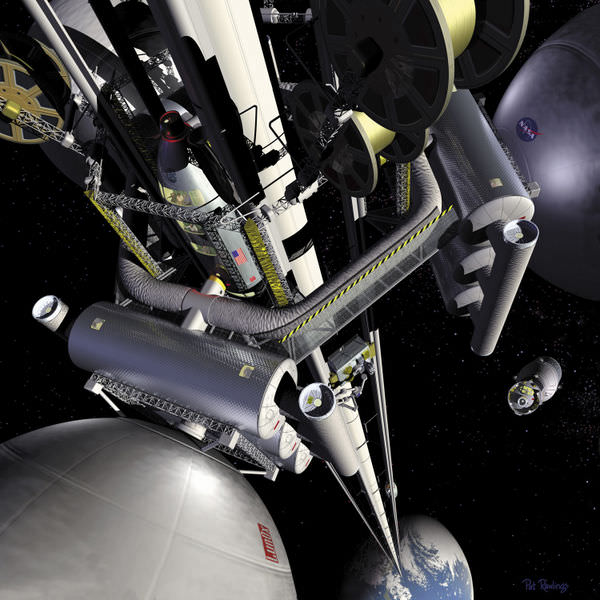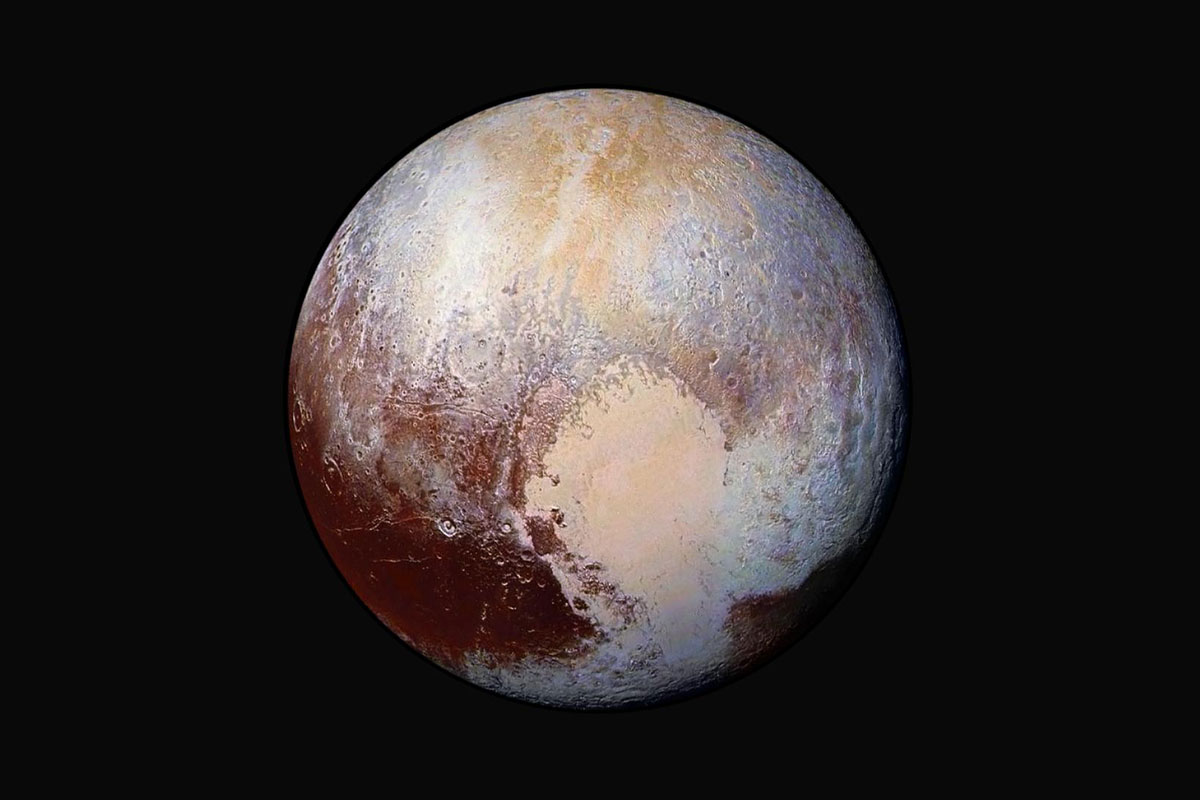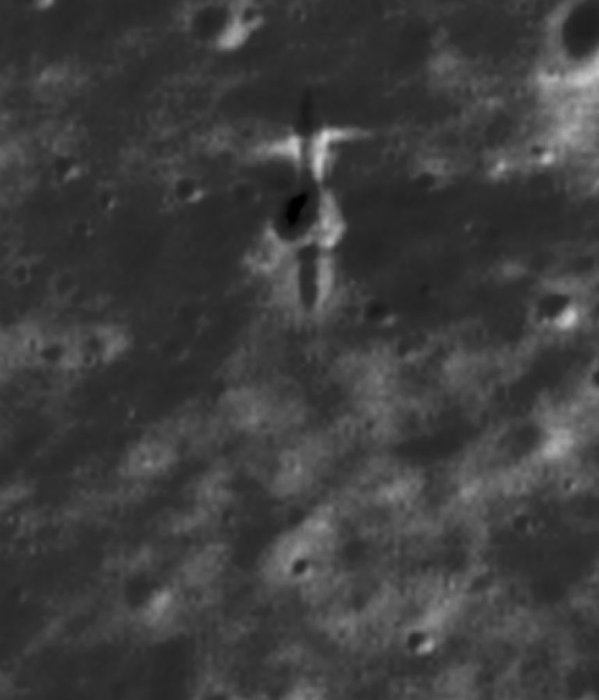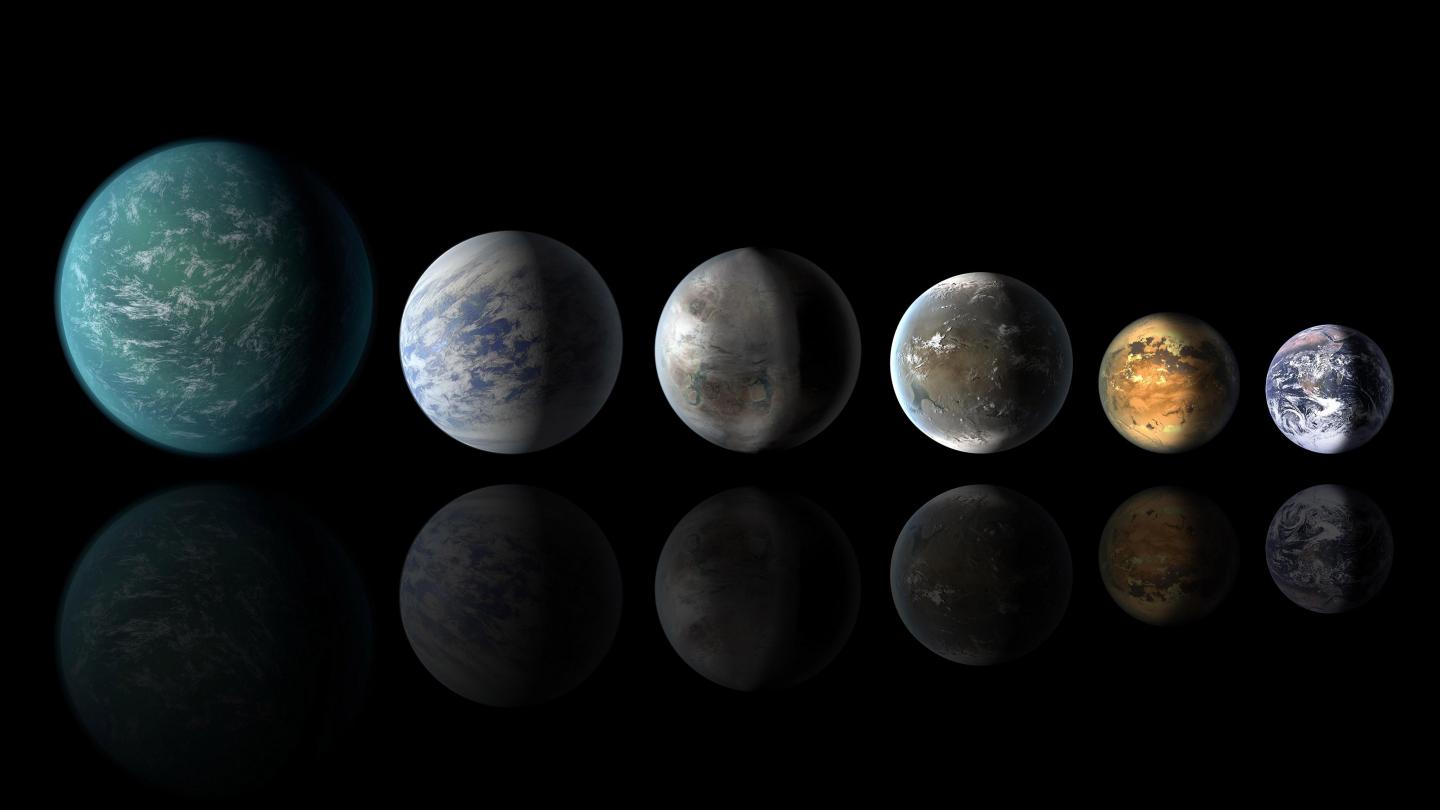In August of 2017, the Laser Interferometer Gravitational-Wave Observatory (LIGO) detected waves that were believed to be caused by a neutron star merger. This “kilonova” event, known as GW170817, was the first astronomical event to be detected in both gravitational and electromagnetic waves – including visible light, gamma rays, X-rays, and radio waves.
In the months that followed the merger, orbiting and ground-based telescopes around the world have observed GW170817 to see what has resulted from it. According to a new study by an international team of astronomers, the merger produced a narrow jet of material that made its way into interstellar space at velocities approaching the speed of light.
Continue reading “Superfast Jet of Material Blasted Out From Last Year’s Neutron Star Merger”

